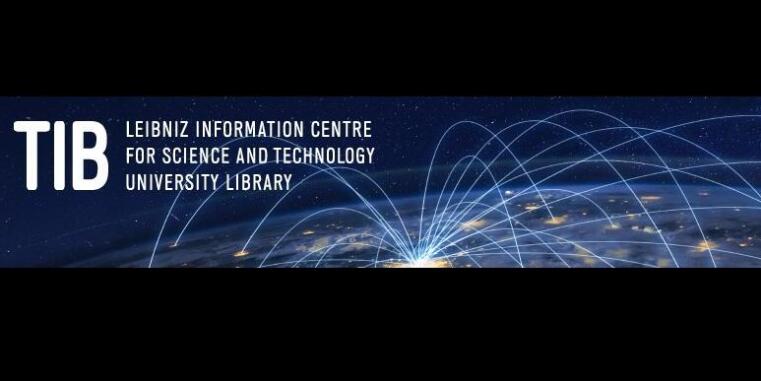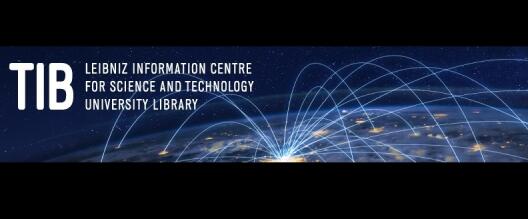

Precision calculation of neutrino energy density in the early universe honored -- Collaboration with UNSW Sydney and UC Louvain

The Institute of Physics celebrates the 20 most cited publications from Germany in 2024 with a special edition. Among them is a publication from the University of Münster in the Journal of Cosmology and Astroparticle Physics. “Our findings on the energy density of neutrinos in the early universe are of great importance for precision tests of the standard cosmological model and for obtaining clues about dark energy and dark matter,” says Prof. Michael Klasen from the Institute of Theoretical Physics. “The fact that they have now been recognized again by the Institute of Physics, after our doctoral student Luca Wiggering received the Infineon Dissertation Prize 2025 for them, shows that they are attracting worldwide attention.”
Among the greatest mysteries of modern cosmology are dark energy and dark matter. Measurements of the cosmic microwave background have shown very precisely that they contribute far more to the current energy density in the universe than photons or neutrinos, which are also invisible. The contribution of neutrinos in the early universe was calculated even more precisely in 2024 by a team led by Prof. Yvonne Wong from USNW Sydney and Prof. Michael Klasen from the University of Münster. A group led by Prof. Marco Drewes from the Université Catholique de Louvain was also involved. “We started the project at UNSW Sydney,” says Prof. Klasen, who was a Gordon Godfrey Fellow there in 2022 and will soon again take up a visiting professorship there. “One of our doctoral students will travel with us again to continue our research collaboration.”
https://publishingsupport.iopscience.iop.org/questions/celebrating-german-research-tib/
Publication by Prof. Dr. Michael Klasen and Dr. Tomas Jezo distinguished by Physics World as one of the "Breakthroughs of the Year 2024"

Researchers analyse binding of nucleons in atomic nuclei at the quark-gluon level for the first time / Bridge from nuclear to particle physics
In particle physics, quarks are known as the building blocks of nucleons – protons and neutrons – whose strong nuclear bonds are the product of gluons. How this force also indirectly holds nucleons together in atomic nuclei, however, is one of the most important questions in nuclear physics at present. Low-energy nuclear physics experiments have long demonstrated that the bound states of two nucleons play a special role in atomic nuclei. Now, a team from Europe and the USA led by Dr Tomáš Ježo and Prof Michael Klasen from the Institute of Theoretical Physics at the University of Münster has investigated these bound states at a higher resolution for the first time. To do this, they analysed particle physics data obtained at very high energies from the LHC particle accelerator at CERN in Geneva. These experiments are comparable to a microscopic examination. The higher the energy, the greater the resolution with which the nuclear building blocks can be analysed.
“To our surprise, despite the very different approaches, we found the same abundance of nucleon pairs as our colleagues had previously found at low energies,” says Tomáš Ježo. “Furthermore, we were able to show for the first time that quarks and gluons behave differently in these pairs than in free nucleons and also differently than previously expected in atomic nuclei. This has a decisive influence on our understanding of nuclear binding.” The study also shows that the abundance of pairs increases with nuclear mass and that proton-neutron pairs are particularly common.
For the study, the “parton model of quantum chromodynamics”, which mathematically describes the interactions in atomic nuclei, played a key role. The research team expanded on the model by integrating individual nucleons and pairs of correlated nucleons into the analyses for the first time. The results have been published in the journal Physical Review Letters.
Funding
The research project was financed by the German Research Foundation (DFG).
Original publication
Denniston A. W., Ježo T. et al. (2024): Modification of Quark-Gluon Distributions in Nuclei by Correlated Nucleon Pairs. Physical Review Letters 133, 152502; DOI: 10.1103/PhysRevLett.133.152502

